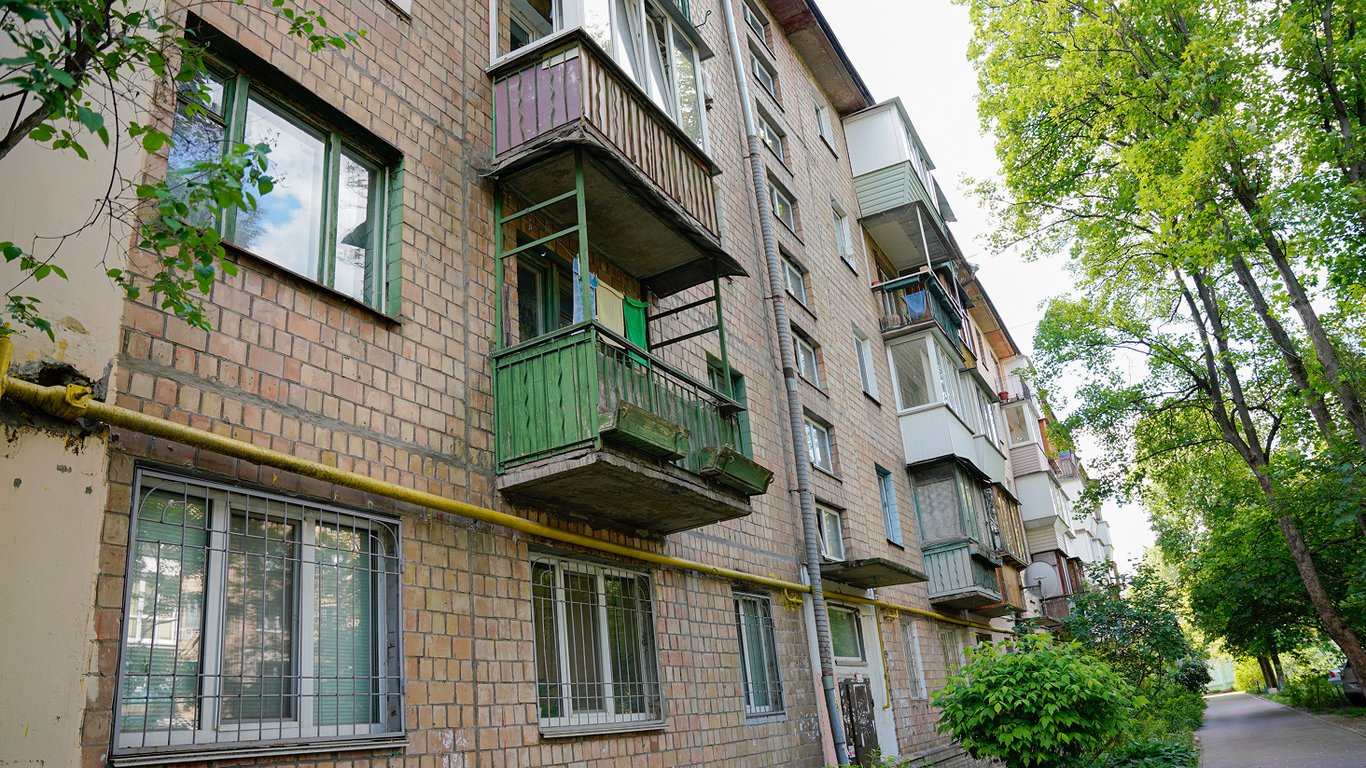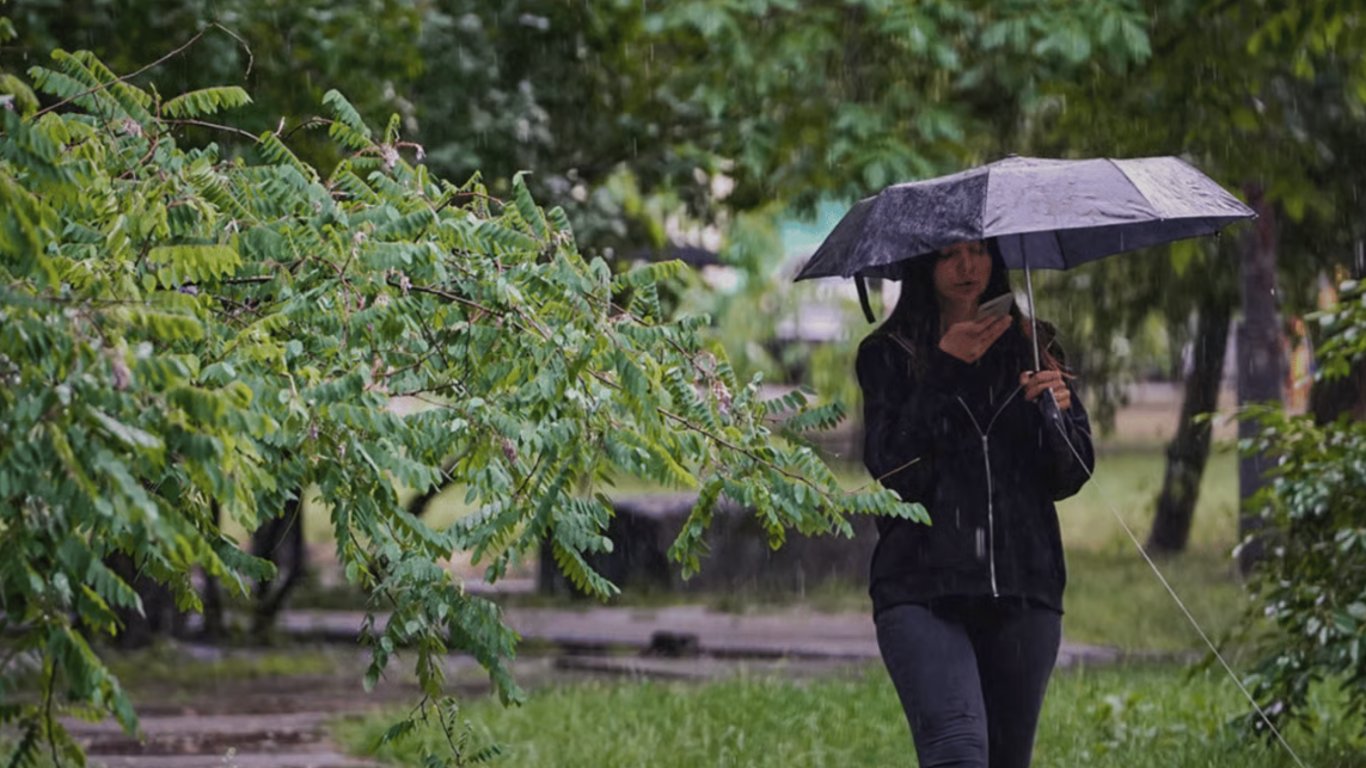Entrances of the USSR — why the walls were painted blue and green.
today, 03:57
686

Journalist
Shostal Oleksandr
today, 03:57
686

Most Soviet buildings have typical entrance decorations: the lower part of the wall is painted blue or green, while the upper part is simply whitewashed. For some, this is nostalgia, while for others, it is an incomprehensible architectural heritage. But this 'design' was not accidental. It is supported by a whole system of motives — from practical to ideological. In the years of the USSR, the choice of paint was surprisingly limited. The most common were blue and green, and most importantly, this had not so much an aesthetic explanation but rather a production one.
These colors were actively used in industry and the army: for railway cars, military equipment, factory workshops, sanatoriums. The paint was produced en masse, and it often remained in surplus — that’s why it was used for civil construction, particularly for entrances. Why in the USSR only the lower part of the wall was painted Despite the considerable volumes of paint, the walls in the entrances were decorated only up to halfway. The other part remained whitewashed. There are at least four logical explanations for this. Resource saving The paint was mass-produced but at the same Time not cheap. Whitewashing cost a penny. Therefore, the typical solution was to paint only the lower part (up to eye level), while the top was whitewashed with lime. This approach allowed for savings by covering large areas with minimal expenses. Practicality in cleaning The paint withstood washing and mechanical influence well. It was also chosen because blue and green colors masked dirt, stains, shoe marks, or children's hands better. Whitewashing, on the contrary, easily flaked and required frequent renewal. Thus, they painted precisely the part of the wall that suffered the most from contact. Masking construction defects The walls in Khrushchyovkas and other typical Soviet houses were often imperfect: cracks, unevenness, seams. The paint better concealed these shortcomings than lime. And they painted precisely the part where the defects were most visible — at the eye level of the residents. Creating the illusion of space Soviet architects believed that the horizontal division of the wall visually expands the space. The dark lower part and the light upper part created a contrast, leading the entrance to appear taller and brighter. This was a kind of optical illusion — a cheap alternative to quality design. Why the design of Soviet entrances was considered fashionable At first glance, typical Soviet entrances appear monotonous and gray. But at that time, their decor was considered modern and functional. Especially when considering that architecture was seen as a tool of ideology. Modern rethinking of the Soviet approach Today, such a painting style is almost not used anymore. However, it remains part of the urban landscape in many Ukrainian cities. Some residents of Khrushchyovkas still maintain this appearance of the entrance — 'because they are used to it'. Others try to get rid of everything that reminds them of the Soviet past. As reported, in most Khrushchyovkas and other typical Soviet houses, the entrance doors open inward. Although today this may seem impractical and even dangerous, in Soviet times, this standard had several, albeit not always obvious, justifications.
Read also
- Child Property — What Parents Are Not Allowed to Do by Law
- Support for Families of Missing Military Personnel — What Benefits Are Available
- Inheritance may be received by the community - when property transitions to the state
- Rain and Thunderstorms Across Ukraine - Weather Forecast for Today
- Remote Pension Application - What You Need to Know in 2025
- Ukrhydromet Center warned about rain and thunderstorms tomorrow








